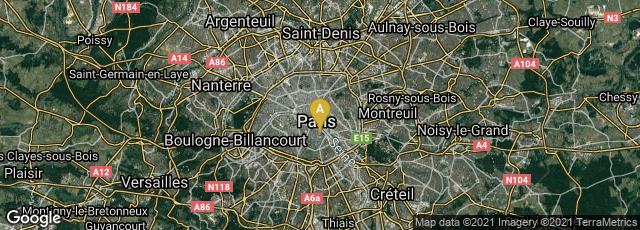

A: Paris, Île-de-France, France
"It is generally accepted that by c. 1170 at latest there were many glossed books of the Bible being made in Paris, and the surviving manuscripts display characteristics indicative of commercial production.
"The characteristics include simple matters of method and routine; the regularization (after two or three decades' experimentation) of the juxtaposition of gloss and text. It is not just the fact that these conventions emerged but also their rapid diffusion that, together, suggest centralized production in quantity—the concentrated and repetitive output associated with urban commercial production. There is even an informal and quite early (c. 1170?) accounting, jotted down on the back pastedown of a Parisian glossed Book of Numbers owned by Ralph of Reims, recording payment for books completed and the purchase of parchment for books yet to be written: 'Pentateuch, Job, Twelve Prophets, Matthew, and Luke, with parchment for the Psalter and the Epistles and note (?): 28 livres and 10 sous'; this is a direct indication of commercial production.
"If in the twelfth century there was no booktrade in the way it developed later in Paris; nevertheless there was clearly a structure of some sort, capable of producing a significant number of large books with complex layouts. We find most attractive the hypothesis that the large urban abbeys of Paris, and specifically the abbey of St-Victor, fostered the growth of the city's commercial booktrade by engaging lay scribes and illuminators to make manuscripts, when necessary. St-Victor's growth among Parisian abbeys to the first rank in importance in the middle of the twelfth century is well documented. By providing work for lay artisans, the abbey would in effect have encouraged the development of independent métiers. In this context, a well-known passage from the Liber ordinis of St-Victor (c. 1139) deserves to be cited once again: 'All writing,whether done inside the abbey or out, pertains to the office of the armarius [librarian]; he should provide the scribes with parchment and whatever else is necessary for writing, and he is responsible for hiring those who write for pay'. The implication is double: there were scribes for hire in Paris before the middle of the twelfth century, and St-Victor hired them (R. Rouse & M. Rouse, Manuscripts and their Makers. Commercial Book Producers in Medieval Paris 1200-1500 I [2000] 26).